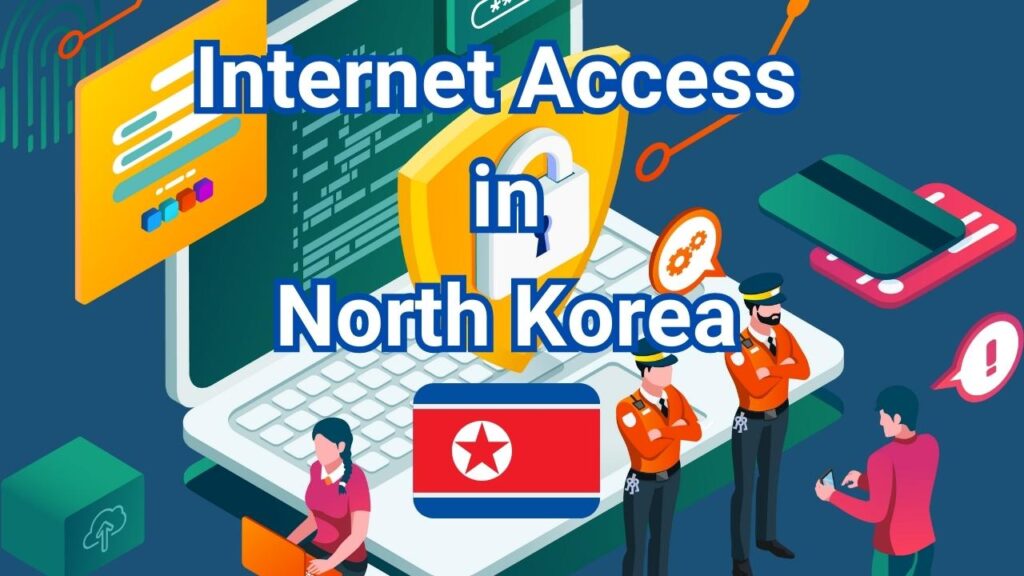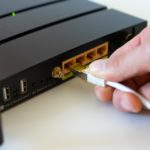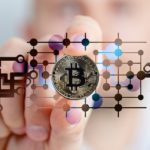North Korea isn’t entirely cut off from the digital world, maintaining some internet access. But the way it operates significantly deviates from the rest of the world’s norm.

Table of Contents
Understanding North Korea’s Internet – The Kwangmyong
In North Korea, the internet operates quite differently than in most parts of the world. The so-called “Kwangmyong,” meaning “bright,” is a heavily controlled internet network used within the country.
Unlike the world-wide-web that’s open and globally interconnected, Kwangmyong is an isolated network accessible only to a select group. It’s like an island in the vast ocean of digital information, with only a few thousand individuals, mainly government officials, approved individuals, and educational institutions, having the privilege of access.
What’s more, the network is closely monitored and censored, strictly limiting access to information and services within North Korea.
The overseer of this exclusive club? None other than the North Korean government itself, operating through the National Automated Information Center.
The technological backbone? A network of local servers and fiber-optic cables making use of the .kp domain.
The restricted environment of Kwangmyong is not without its benefits for the select users. The network provides services like email, news, educational resources, and even a form of the World Wide Web — the “Kwangmyong Web”.
However, to join this exclusive digital club, you’ll need to be in a position of power or have special permissions.
The Gatekeepers: Korean Computer Center (KCC)
Meet the gatekeepers of the North Korean internet: the state-owned company, Korean Computer Center (KCC). KCC is North Korea’s primary Internet Service Provider (ISP), holding the reins of the internet infrastructure within the country.
In this exclusive cyber environment, only about 1000 websites are publicly accessible, with the majority being government-operated.
Among these websites, some stand out for their distinct roles. There’s Naenaira, providing insights into the country’s political, cultural, and economic scenes; KCNA, the hub for news and official government statements; and Rodong Sinmun, the voice of the party’s ideology through news and editorials.
These websites form the core of the country’s digital information landscape, each serving to shape the narrative in their unique ways.
Internet Access for International Visitors: A Different Game
The story takes a twist when it comes to international visitors. These outsiders generally cannot access the Kwangmyong Intranet. Instead, they rely on specialized networks provided by tour operators or hotels. This, however, comes with a hefty price tag.
Internet access in North Korea for foreigners can make a dent in the wallet. It is typically expensive, often charged separately or on an hourly basis. For instance, a North Korean sim card is reported to cost around 250 Euros, with 20 Euros charged for just 50 megabytes of internet. Talk about a premium for accessing the web!
Despite the limitations and strict control, the internet in North Korea provides a fascinating glimpse into a digital landscape like no other. It’s a stark contrast to the open, interconnected world of the global internet.
Yet, within its boundaries, it functions as a critical tool for communication, information dissemination, and control.





